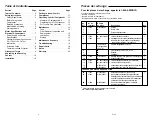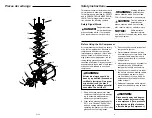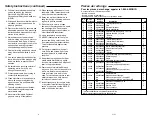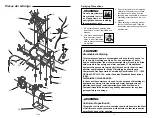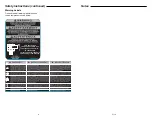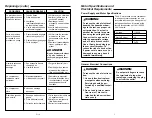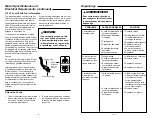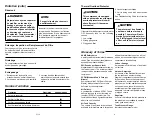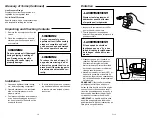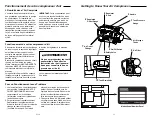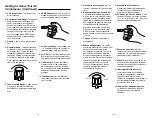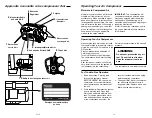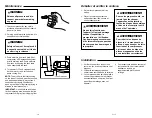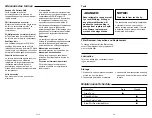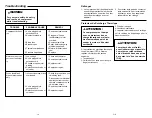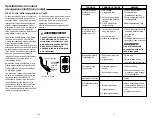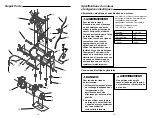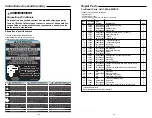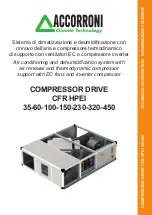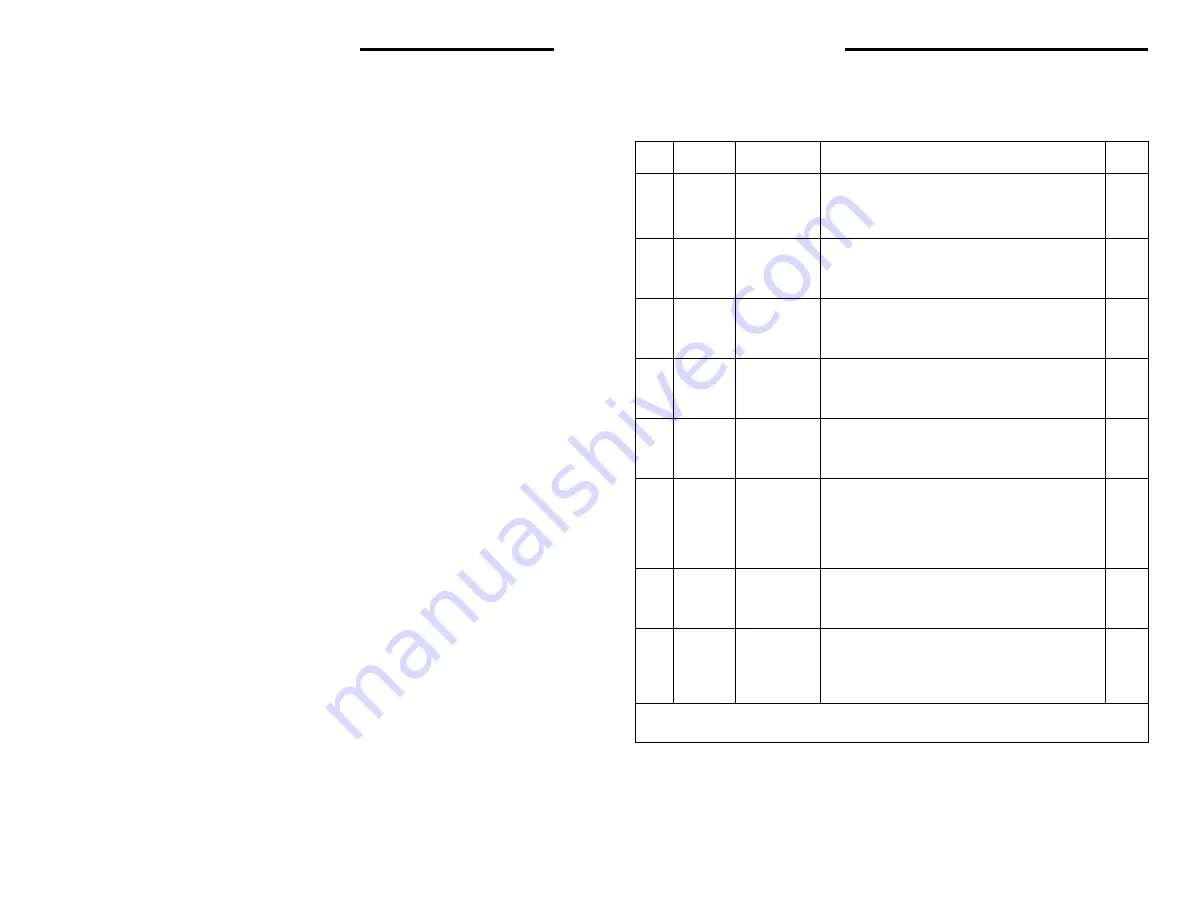
Pièces de rechange
No.
No de
Numéro
Ref.
catalogue
de pièce
Description
Qte
1
25673
WL373001AV
*
Montage pompe/moteur
1
2
20448
ST085700AV
Filtre
1
3
17723
WL003203AV
Monture d’isolement
3
4
17713
ST158000AV
Boulon d’épaulement
3
5
30538
WL038500AV
Collecteur (Compris articles 6, 7, 9 et 10)
1
6
30543
V-215200AV
Soupape de sûreté - 1379 kPa
1
7
17873
HF203300AV
*
Raccord
2
8
30548
CW214300AV
Manostat
1
9
30553
GA032401AV
*
Manomètre de réservoir
1
10
30558
GA032400AV
*
Manomètre de refoulement
1
11
17893
ST119305AV
Raccord de tube
1
12
17853
ST158300AV
Butoir de caoutchouc moulé
4
13
18038
ST116400AV
Boulon à tête hexagonale (hex.)
4
14
17783
ST071626AV
Vis à six lobes à tête ronde
20
15
30563
WL038300AV
Support
1
16
30568
ST195300AV
*
Manche
1
17
30573
WL212300AV
Tuyau de décharge (écrou et virole inclus)
1
18
20358
ST085800AV
Robinet de purge
1
19
17728
CV223800AV
Clapet
1
20
30578
AR061100AV
Assemblage de réservoir double
1
21
30583
ST188800AV
Tuyau de déchargement
(insert de tuyau, écrou et virole inclus)
1
22
30588
WL038800AV
Couvercle
1
23
25003
ST170800AV
Tube de collecteur
(insert de tuyau, écrou et virole inclus)
1
24
—
WL036200AV
Régulateur
1
25
—
N/A
Plaques latérales
2
26
30593
WL038200AV
Support de robinet de purge
1
27
—
N/A
Coude pour tuyau 6,3 mm (1/4 po) NPT
1
28
—
N/A
Coude mâle pour tuyau 6,3 mm (1/4 po) NPT
1
29
—
N/A
Raccord de compression 1/4 po
2
30
30598
WL038700AV
Couvercle avant
1
31
17888
ST022500AV
Bouchon 1/4 po
2
32
30603
ST170900AV
Tuyau de vidange
(insert de tuyau, écrou et virole inclus)
1
*
Pièces considérées comme sujettes à l’usure normale
N/A = Article normal de quincaillerie ou Pas disponible
Fr 21
Pour les pièces de rechange, appeler le 1-800-4-RIDGID
S’il vous plaît fournir l’information suivante:
-Numéro du modèle
-Numéro de série (si applicable)
-Description de la pièce et son numéro sur la liste de pièces
8. Follow all local electrical and safety
codes, as well as the National
Electrical Code (NEC) and the
Occupational Safety and Health Act
(OSHA).
9. Wiring and fuses should follow electri-
cal codes, current capacity, and be
properly grounded.
10. Electric motors must be securely and
adequately grounded. See grounding
instructions and extension cord infor-
mation in this manual.
11. Always disconnect power source
before working on or near a motor, or
its connected load. If power discon-
nect point is out-of-sight, lock it in the
open position and tag to prevent
unexpected application of power.
12. Guard all moving parts; keep visitors
away. Never allow children in work
area.
13. Use only a properly grounded outlet
that will accept a three pronged plug,
and wear shoes to prevent shock
hazards.
14. Be careful when touching exterior of
operating motor; it may be hot
enough to cause injury.
15. Protect power cable from coming in
contact with sharp objects.
16. Clean electrical or electronic equip-
ment with an approved cleaning
agent, such as dry, nonflammable
cleaning solvent.
17. To avoid spontaneous combustion,
discard waste rags into approved
metal waste cans.
18. Never store flammable liquids or
gases in vicinity of compressor.
19. When spraying with solvent of toxic
chemicals, follow instructions provid-
ed by the chemical manufacturer.
20. Spray in a well ventilated area, to
keep fumes from collecting and caus-
ing health and fire hazards.
21. Do not spray in vicinity of open
flames or other places where a spark
can cause ignition. Do not smoke
when spraying paint, insecticides, or
other flammable substances.
22. Use a respirator when spraying.
23. NEVER reset safety valve or pres-
sure switch. Keep safety valve free
from paint and other accumulations.
This provides safety against over
pressure.
24. Do regular maintenance; keep all
nuts, bolts, and screws tight, to be
sure equipment is in safe working
condition .
25. Keep cleaning rags and other flam-
mable waste materials in a tightly
closed metal container and dispose of
later in the proper fashion.
26. Drain tanks of moisture after each
day’s use. If unit will not be used for a
while, it is best to leave drain cock
open until such time as it is to be
used. This will allow moisture to com-
pletely drain out and help prevent
corrosion of inside of tank.
27. Inspect tank yearly for rust, pin holes
or any other imperfections that could
cause it to become unsafe. NEVER
weld or drill holes in air tank.
Safety Instructions (continued)
4


